The iPhone 16 Pro Max has changed the way I think about fast charging
Fast charging is convenient, but it may damage your smartphone's battery in the long term
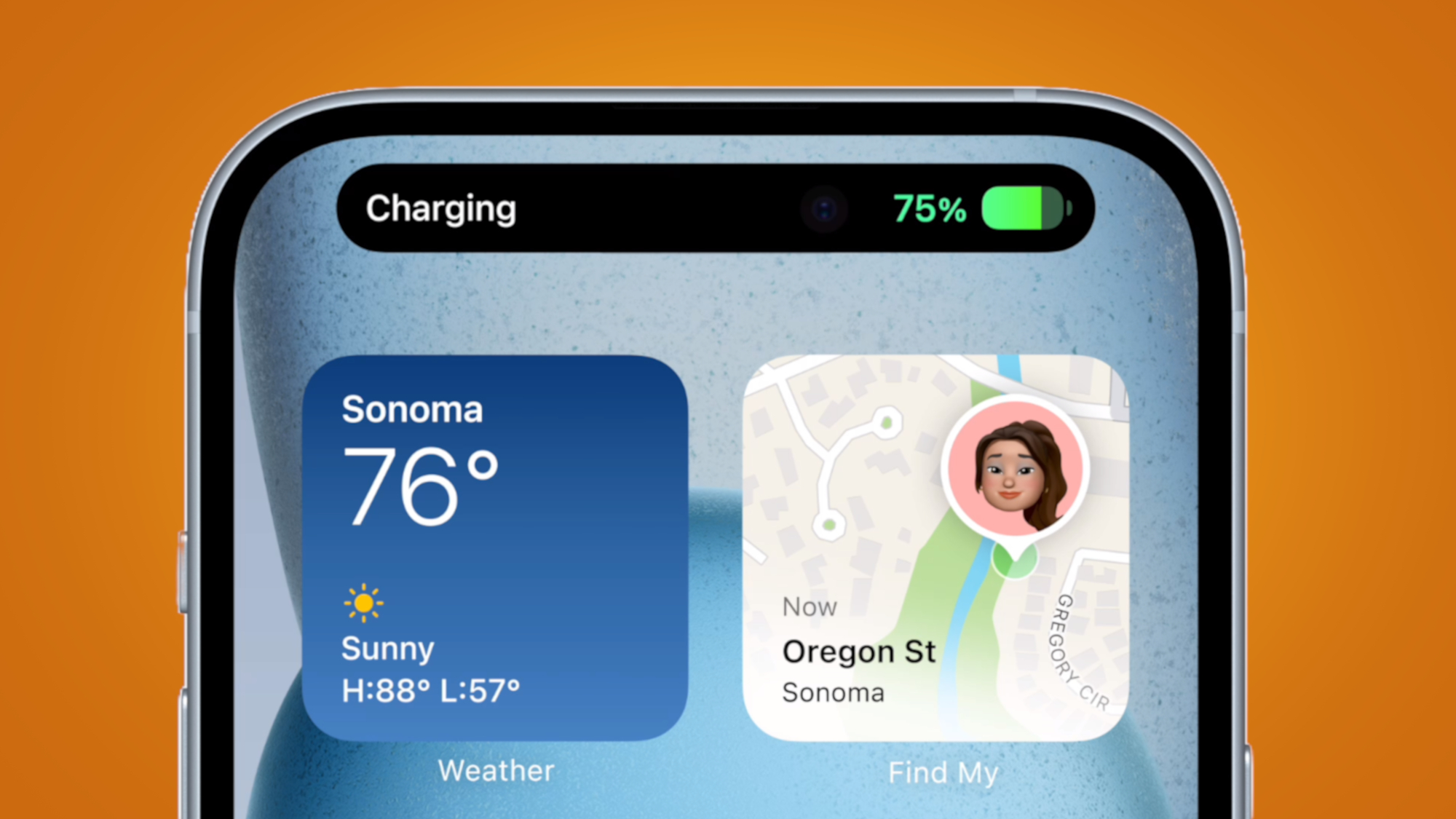
I recently upgraded to the iPhone 16 Pro Max, and for the first time in years, I’ve stopped thinking about when to charge my phone.
No rushed top-ups before heading out, no end-of-day battery panic – just solid, all-day performance. It’s made me realize something: I no longer care about charging speed, especially when it comes to fast charging.
Now, that might sound odd in a world where smartphones boast 100W, 120W, or even 240W fast charging. But today’s best phones have become so efficient that I’m more interested in how long a phone lasts – and how long it stays healthy – than how quickly it can refuel.
Fast charging still has its place, of course. But as I’ve tested and lived with more handsets over the past few years, it’s clear that battery longevity, software optimization, and real-world endurance matter far more in daily use.
If you’re choosing a phone in 2025, you’re better off prioritizing stamina over speed, especially if you keep your phone for two years or more.
The smartphone fast charging arms race
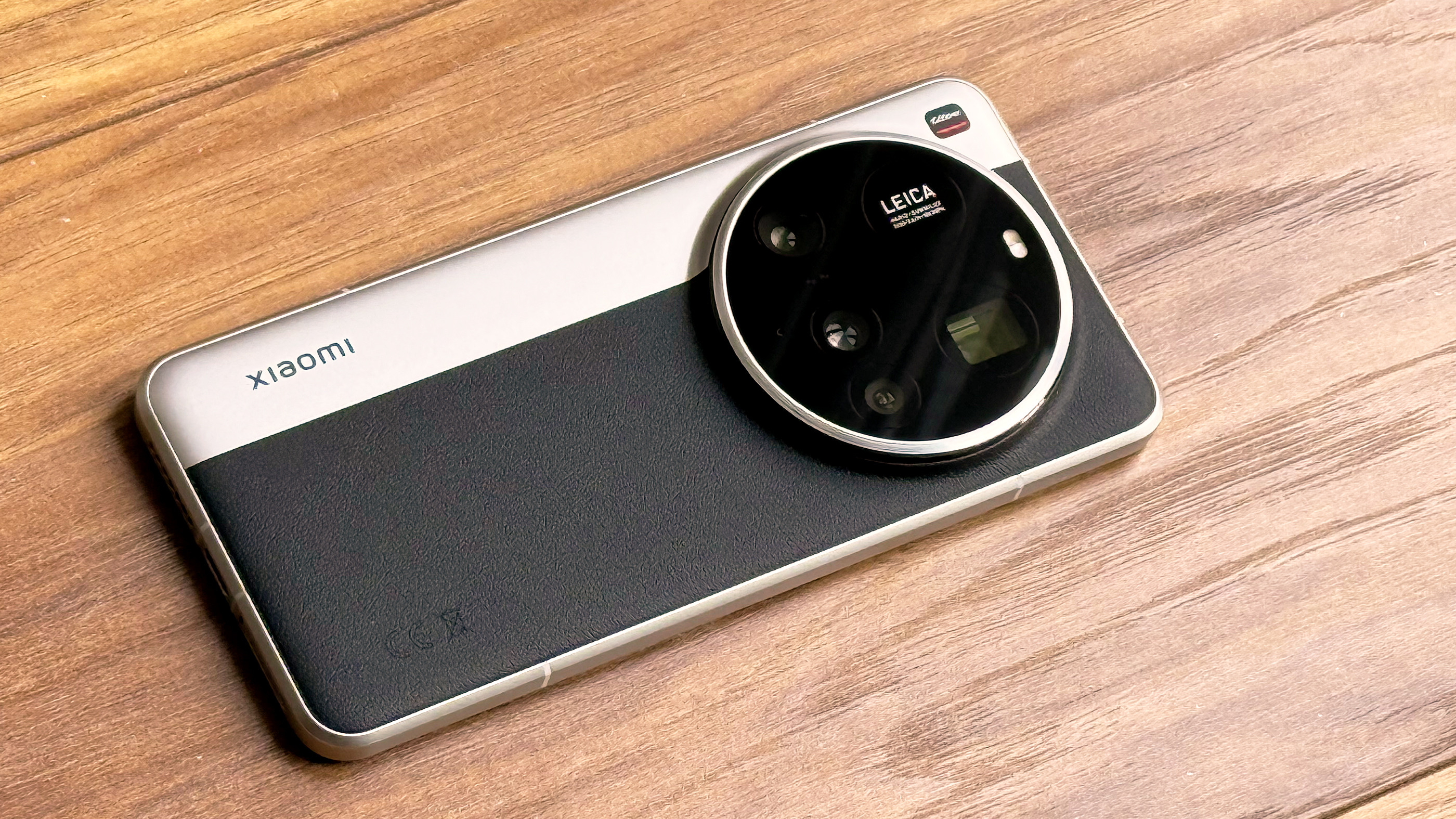
It’s easy to see how we ended up obsessed with charging speeds.
Over the past few years, fast charging has become one of the most prominent battlegrounds in smartphone spec sheets. We’ve gone from 30W being impressive to mainstream devices offering 100W, 120W, and even 240W speeds – enough, in theory, to fully charge a phone in under ten minutes.
Sign up for breaking news, reviews, opinion, top tech deals, and more.
A big part of that shift has been driven by Chinese manufacturers like Xiaomi, Realme, and OnePlus. These brands have treated charging speed as a headline feature, often bundling their phones with custom charging bricks and proprietary battery tech to show off just how quickly they can go from 0% to 100%.
Take the Xiaomi 15 Ultra, which supports 90W wired charging and 80W wireless, or the Realme GT5 Pro, which offers up to 100W speeds using the bundled charger. These aren’t just niche specs – they’re front-and-center selling points in advertising.
For a while, this approach made sense. Many of these phones offered brilliant performance but weren’t always known for long-lasting batteries. Fast charging helped to mask that. If your phone couldn’t make it to bedtime, a ten-minute top-up at 5pm felt like magic.
But that magic comes with trade-offs.
Fast charging generates heat, which is one of the main contributors to long-term battery degradation, and many ultra-fast systems also rely on dual-cell battery designs, which can degrade faster under sustained high voltage.
And of course, these charging systems are often proprietary, meaning you’re reliant on bundled bricks and cables to get full speed – not ideal when travelling or charging at work.
Why I care more about all-day life and long-term health
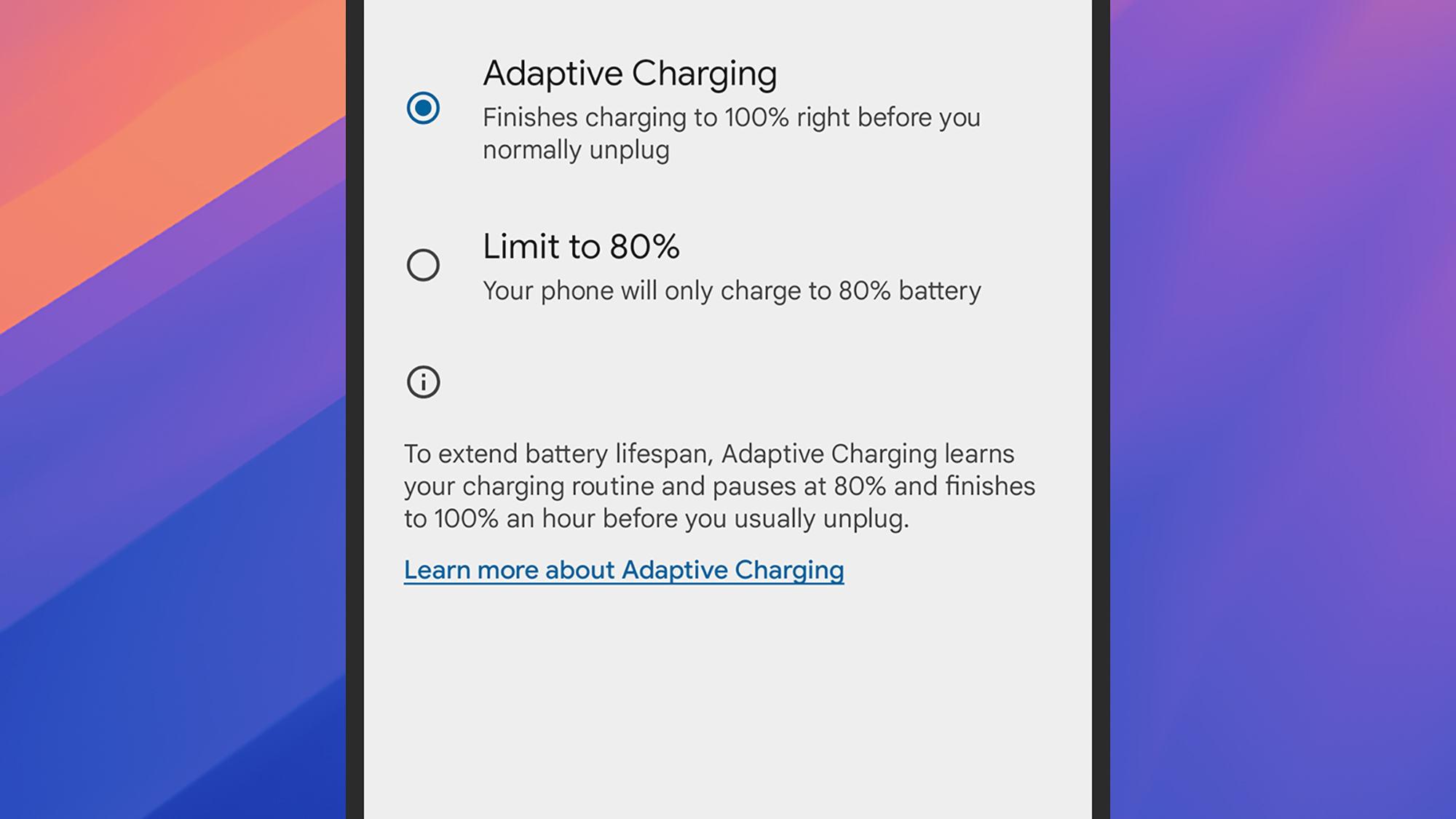
After using the iPhone 16 Pro Max for a few weeks, it hit me: the best battery experience isn’t one that charges quickly – it’s one you don’t have to think about at all.
This phone easily gets me through a day and a half, even with heavy use, and I never worry about topping up in the middle of the day. That kind of reliability changes your perspective.
These days, I’m far more interested in battery longevity than charging speed.
The reality is that fast charging, while convenient, can affect how a battery performs over time. Studies suggest that high-speed charging contributes to increased heat and voltage stress, both of which can reduce the number of charge cycles a battery can withstand.
In other words, a phone that charges blisteringly fast might not age as gracefully.
That’s why more manufacturers are now focusing on battery health, not just raw capacity. Apple’s Optimized Battery Charging feature limits the charge to 80% when left plugged in overnight, helping to slow chemical ageing. Samsung’s Galaxy S25 Ultra includes a similar Battery Protect setting, designed to extend long-term performance by capping overnight charge.
Even some Chinese brands, like Oppo and Xiaomi, have introduced battery health engines and AI charging modes to preserve capacity over time.
Smarter software and slower charging
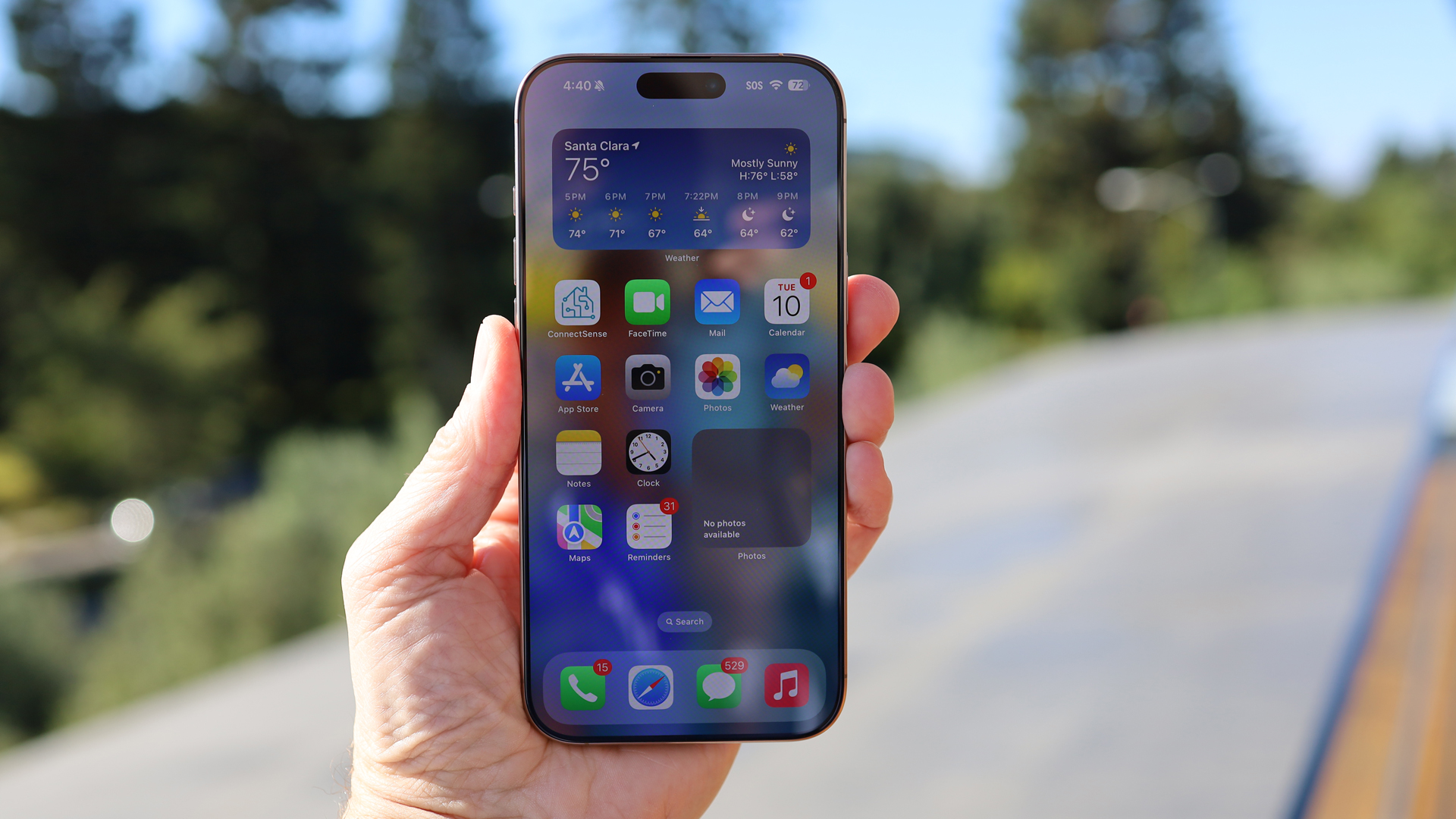
Battery life isn’t just about capacity anymore – it’s about how efficiently your phone uses power. That’s where software and chip design have made a real difference, especially for iPhone users.
Both iOS and Android have become much better at managing power in the background. Features like adaptive charging, app standby, and AI battery optimization mean phones can stretch a single charge further, without you needing to do anything.
The iPhone 16 Pro Max uses Apple's A18 Pro chip not just for speed, but for efficiency – and you feel that in the day-to-day experience.
Flagship Android phones like the Galaxy S25 Ultra and OnePlus 13 are doing the same with the Snapdragon 8 Elite. These chips are built with efficiency in mind, allowing for longer screen-on time without the battery hit we’d have seen a few years ago.
Habits are the real charging story
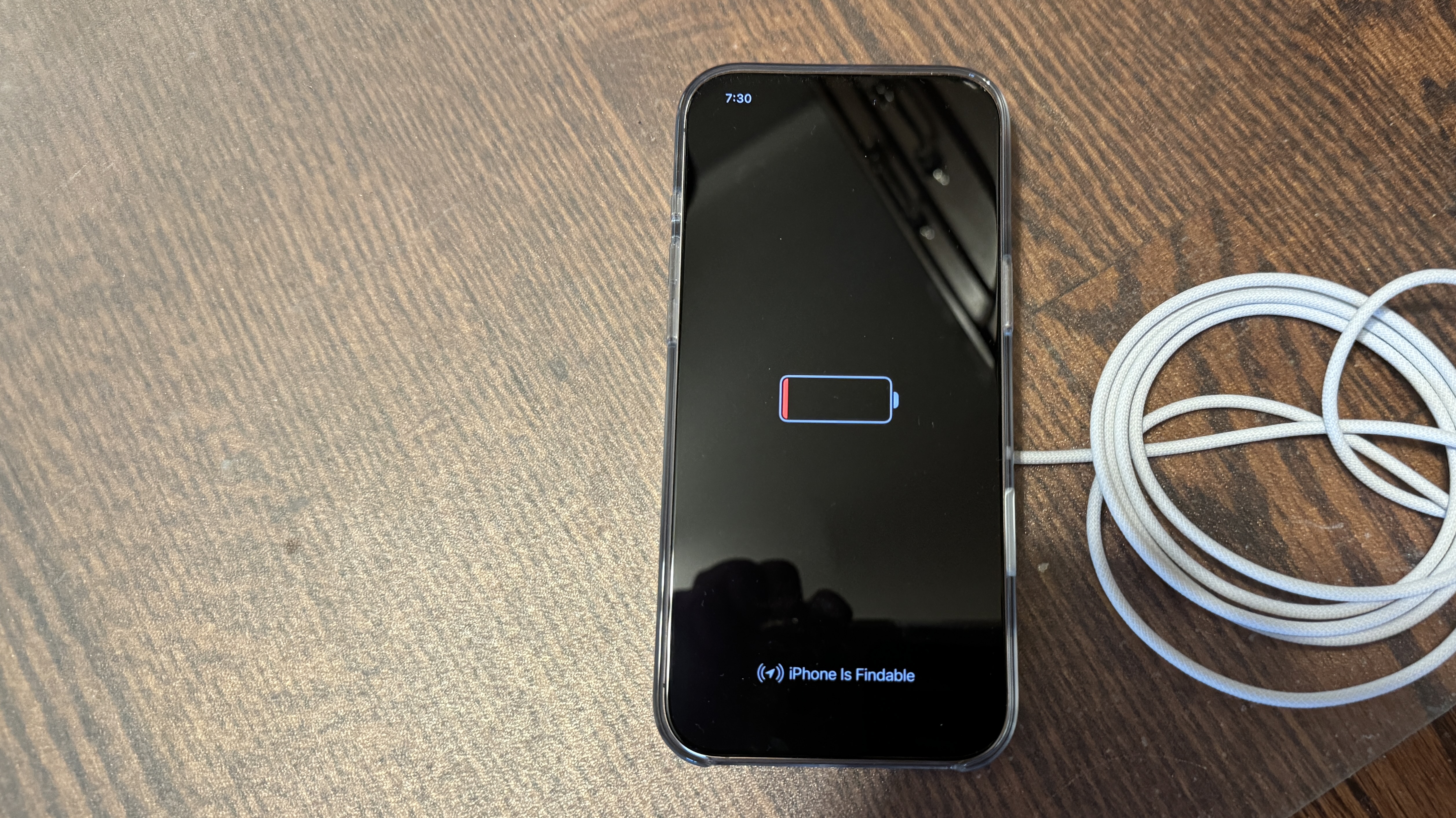
I’m not saying fast charging is pointless.
It’s still useful when you’re in a rush or forget to top up before heading out. But in day-to-day use, I’ve found that charging speed matters far less than it used to – mostly because my habits, and the technology, have changed.
Modern phones last longer and charge smarter. And if you’re using features like Apple’s Optimized Charging or Samsung’s Battery Protect, you’re already trading a bit of speed for longer battery lifespan.
Ultimately, it’s how and when you charge that makes the real difference.
Keeping your phone between 20% and 80%, avoiding daily 0% to 100% cycles, and skipping the ultra-fast top-up when you don’t need it – all of that adds up over time.
And if you’re charging overnight or passively during the day, wattage just doesn’t matter as much.
You might also like
Max Slater-Robins has been writing about technology for nearly a decade at various outlets, covering the rise of the technology giants, trends in enterprise and SaaS companies, and much more besides. Originally from Suffolk, he currently lives in London and likes a good night out and walks in the countryside.
You must confirm your public display name before commenting
Please logout and then login again, you will then be prompted to enter your display name.